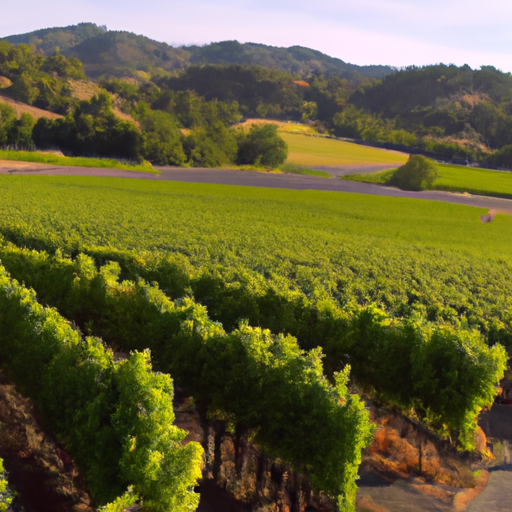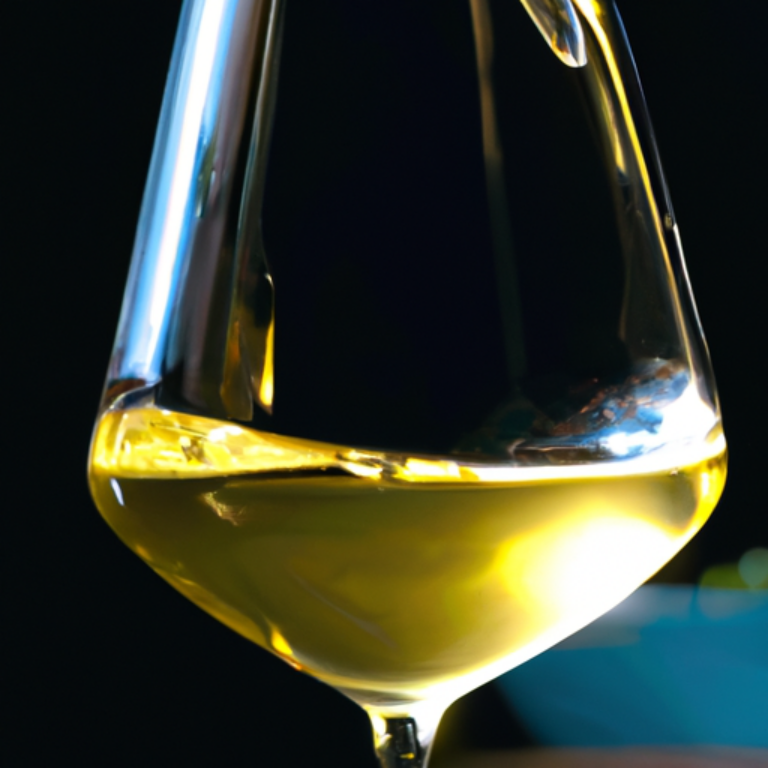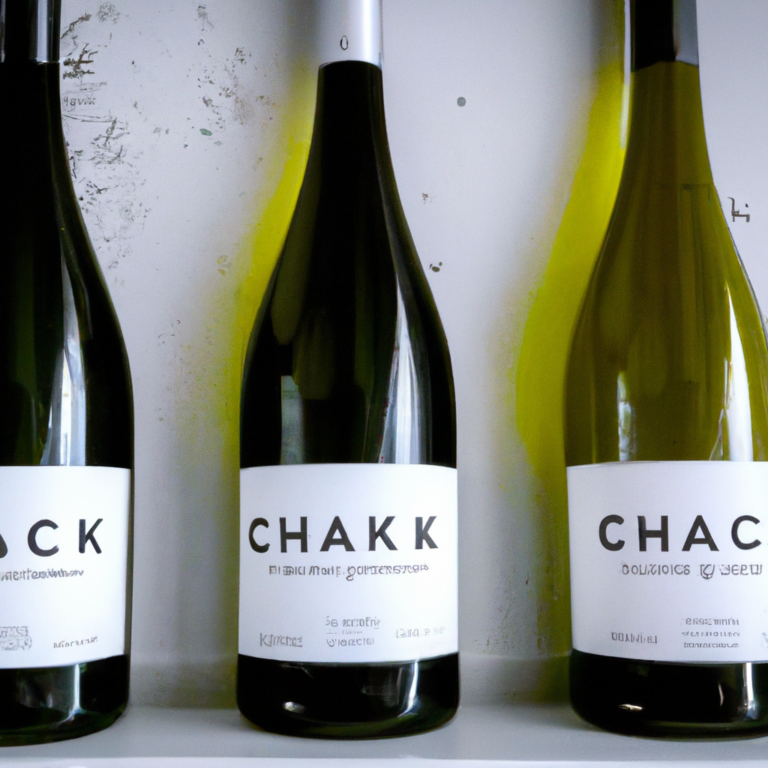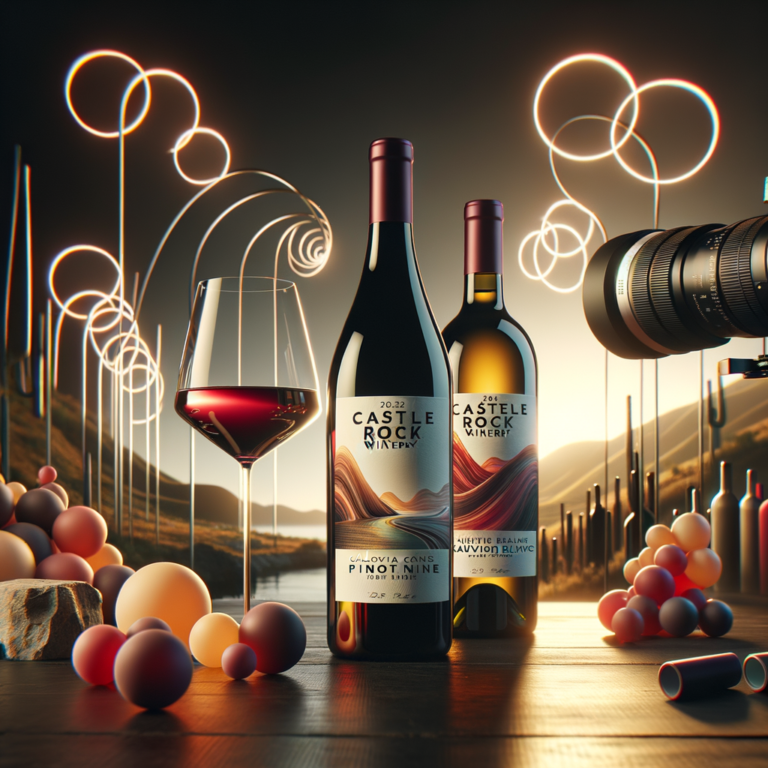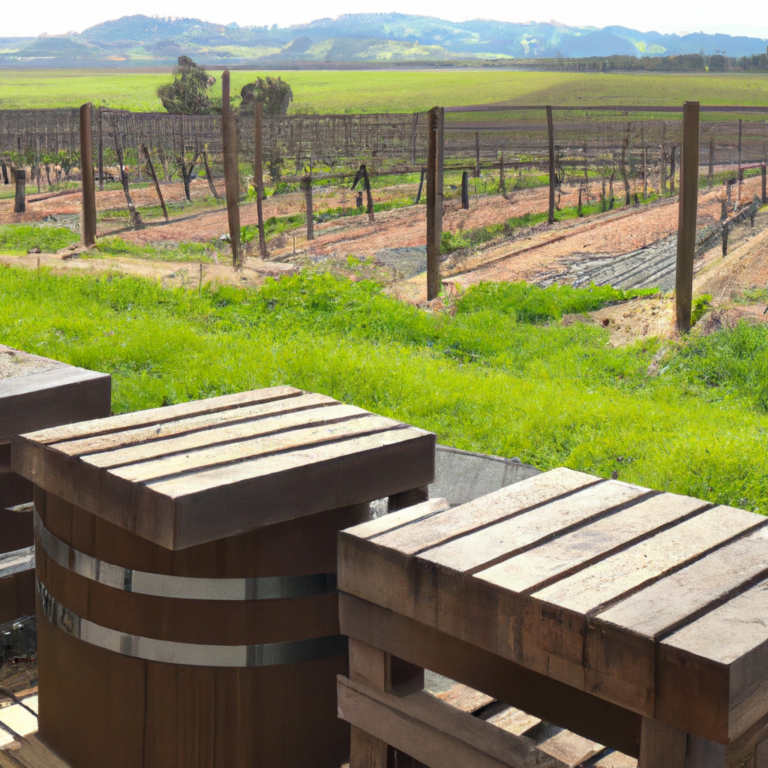Exploring the Wines of Napa Valley
The History and Heritage of Napa Valley Wines
Napa Valley, located in California, is renowned for its exquisite wines. The region has a rich history and heritage that has contributed to its reputation as one of the premier wine-producing areas in the world.
The history of winemaking in Napa Valley dates back to the 19th century when European immigrants recognized the region’s potential for grape cultivation. The first commercial winery in the area was established in 1861 by Charles Krug, a German immigrant. Krug’s winery set the stage for the development of the wine industry in Napa Valley.
Over the years, Napa Valley has faced numerous challenges, including the phylloxera epidemic in the late 19th century and Prohibition in the early 20th century. However, these setbacks did not deter the region’s winemakers. They persevered and continued to refine their craft, ultimately leading to the establishment of Napa Valley as a world-class wine region.
The heritage of Napa Valley wines is deeply rooted in the region’s unique terroir. The combination of the Mediterranean climate, diverse soil types, and topography creates ideal conditions for grape cultivation. The warm days and cool nights allow the grapes to ripen slowly, resulting in wines with exceptional flavor and complexity.
Napa Valley is known for its production of Cabernet Sauvignon, which thrives in the region’s climate and soil. The grape variety produces bold and full-bodied wines with rich flavors of blackcurrant, blackberry, and cedar. Other popular grape varieties grown in Napa Valley include Chardonnay, Merlot, and Zinfandel.
The success of Napa Valley wines can also be attributed to the dedication and expertise of the region’s winemakers. Many wineries in Napa Valley are family-owned and operated, with generations of winemakers passing down their knowledge and skills. These winemakers are committed to producing wines of the highest quality, using traditional winemaking techniques combined with modern innovations.
In addition to its rich history and heritage, Napa Valley is also known for its commitment to sustainable and organic winemaking practices. Many wineries in the region have embraced environmentally friendly practices, such as using cover crops to control erosion, conserving water, and minimizing the use of pesticides and herbicides. These efforts not only protect the environment but also contribute to the overall quality of the wines produced in Napa Valley.
Visitors to Napa Valley have the opportunity to explore the region’s history and heritage through winery tours and tastings. Many wineries offer guided tours that provide insights into the winemaking process and the unique characteristics of Napa Valley wines. Tastings allow visitors to sample a variety of wines and experience the flavors and aromas that make Napa Valley wines so special.
In conclusion, the history and heritage of Napa Valley wines have played a significant role in establishing the region as a world-class wine destination. The combination of the region’s unique terroir, dedicated winemakers, and commitment to sustainable practices has resulted in wines of exceptional quality and distinction. Exploring the wines of Napa Valley is not only a journey through the flavors and aromas of the region but also a journey through its rich history and heritage.
Top Wineries to Visit in Napa Valley

Napa Valley is renowned for its picturesque vineyards and world-class wineries. With over 400 wineries to choose from, it can be overwhelming to decide which ones to visit. To help you plan your wine tasting adventure, we have curated a list of the top wineries in Napa Valley that are a must-visit for any wine enthusiast.
One of the most iconic wineries in Napa Valley is the Robert Mondavi Winery. Established in 1966, this winery played a pivotal role in putting Napa Valley on the map as a premier wine region. The winery offers a variety of tasting experiences, from their classic tasting to more exclusive tours and tastings. Visitors can explore the beautiful grounds, learn about the winemaking process, and sample a selection of their award-winning wines.
Another must-visit winery is the Opus One Winery. Founded as a joint venture between Robert Mondavi and Baron Philippe de Rothschild, Opus One is known for producing Bordeaux-style blends of exceptional quality. The winery offers a unique tasting experience where visitors can enjoy a guided tour of the vineyards and cellar, followed by a tasting of their limited-production wines. The elegant architecture and stunning views make this winery a truly unforgettable experience.
For those looking for a more intimate and boutique winery, a visit to the Stag’s Leap Wine Cellars is a must. This historic winery gained international recognition when its Cabernet Sauvignon won the famous Judgment of Paris blind tasting in 1976. Visitors can enjoy a seated tasting in their elegant tasting room, where they can sample a range of their acclaimed wines while taking in the breathtaking views of the Stags Leap District.
If you are a fan of sparkling wines, a visit to Domaine Carneros is a must. This winery specializes in producing traditional method sparkling wines, with a focus on Chardonnay and Pinot Noir. Visitors can enjoy a guided tour of the winery, learn about the art of sparkling wine production, and indulge in a tasting of their exquisite sparkling wines. The winery also offers a terrace where visitors can relax and enjoy a glass of bubbly while taking in the panoramic views of the vineyards.
For those seeking a more immersive wine experience, a visit to the Castello di Amorosa is a must. This medieval-inspired castle winery transports visitors to the heart of Tuscany with its stunning architecture and authentic Italian wines. Visitors can explore the castle’s underground cellars, enjoy a guided tour of the vineyards, and indulge in a tasting of their handcrafted wines. The castle also offers a variety of food and wine pairing experiences, allowing visitors to savor the flavors of Italy in the heart of Napa Valley.
In conclusion, Napa Valley is home to some of the finest wineries in the world. Whether you are a wine connoisseur or simply enjoy a good glass of wine, a visit to these top wineries is a must. From the iconic Robert Mondavi Winery to the medieval-inspired Castello di Amorosa, each winery offers a unique and unforgettable experience. So, grab a glass and embark on a wine tasting adventure in the beautiful Napa Valley.
Exploring the Different Grape Varieties in Napa Valley Wines
Napa Valley is renowned for its world-class wines, and one of the reasons for its success is the wide variety of grape varieties that thrive in its fertile soil and ideal climate. In this section, we will explore the different grape varieties that are commonly used in Napa Valley wines, each contributing its unique characteristics and flavors.
One of the most popular grape varieties in Napa Valley is Cabernet Sauvignon. Known for its bold and robust flavors, Cabernet Sauvignon is often referred to as the king of red wines. It thrives in the warm climate of Napa Valley, producing wines with rich blackberry and cassis flavors, along with hints of cedar and tobacco. Cabernet Sauvignon is often aged in oak barrels, which adds complexity and depth to the wine.
Another prominent grape variety in Napa Valley is Chardonnay. This versatile white grape can produce a wide range of styles, from crisp and refreshing to rich and buttery. Napa Valley Chardonnays are known for their tropical fruit flavors, such as pineapple and mango, as well as notes of vanilla and caramel. The cool nights and warm days in Napa Valley help to retain the acidity in the grapes, resulting in well-balanced and elegant Chardonnays.
Merlot is another grape variety that thrives in Napa Valley. Often used as a blending grape, Merlot can also stand on its own, producing wines with soft tannins and flavors of black cherry, plum, and chocolate. Napa Valley Merlots are known for their velvety texture and smooth finish, making them a favorite among wine enthusiasts.
Zinfandel, although not as widely planted as Cabernet Sauvignon or Chardonnay, is still an important grape variety in Napa Valley. Zinfandel grapes thrive in the warm climate, producing wines with bold flavors of blackberry, raspberry, and spice. Napa Valley Zinfandels are often full-bodied and jammy, with a hint of pepper on the finish.
Sauvignon Blanc is another white grape variety that is gaining popularity in Napa Valley. Known for its vibrant acidity and refreshing citrus flavors, Napa Valley Sauvignon Blancs are often described as crisp and zesty. They pair well with a variety of foods, making them a versatile choice for wine lovers.
Lastly, we have Pinot Noir, a grape variety that is notoriously difficult to grow but produces some of the most elegant and complex wines. Napa Valley Pinot Noirs are known for their delicate flavors of red berries, earth, and spice. They are often described as silky and smooth, with a long and lingering finish.
In conclusion, Napa Valley is home to a diverse range of grape varieties that contribute to the region’s reputation for producing exceptional wines. From the bold and robust Cabernet Sauvignon to the elegant and complex Pinot Noir, each grape variety brings its unique characteristics and flavors to the wines of Napa Valley. Whether you prefer red or white, there is a Napa Valley wine to suit every palate. So, the next time you find yourself exploring the wines of Napa Valley, be sure to sample the different grape varieties and discover the incredible diversity that this region has to offer.

